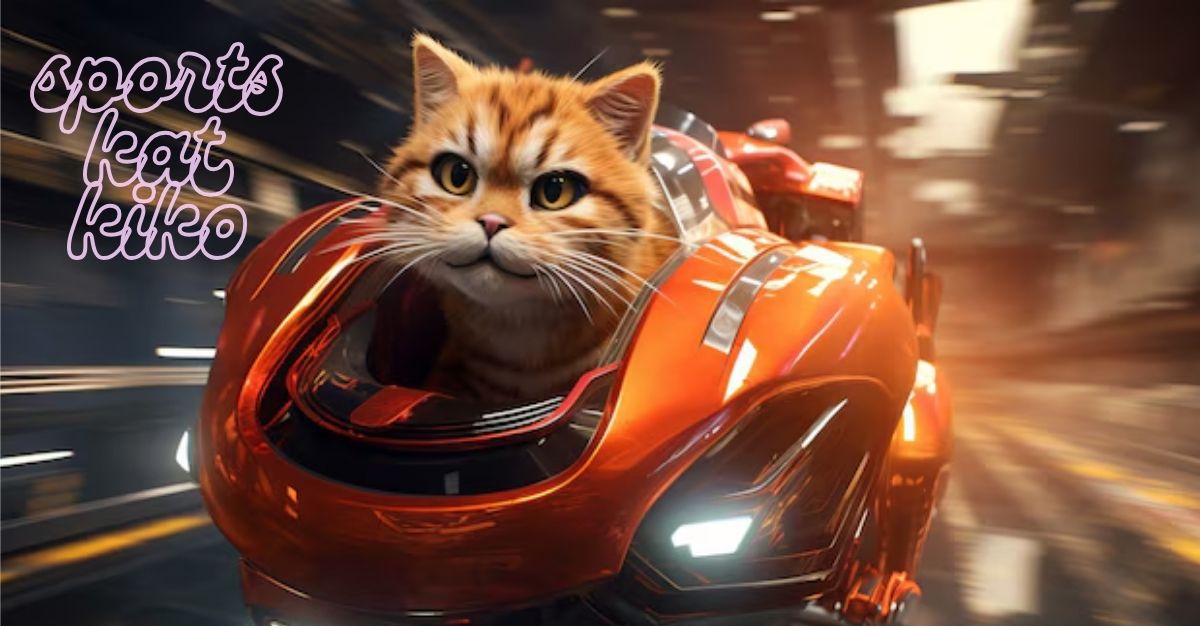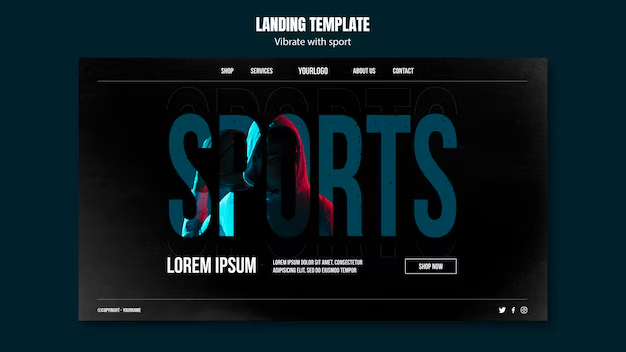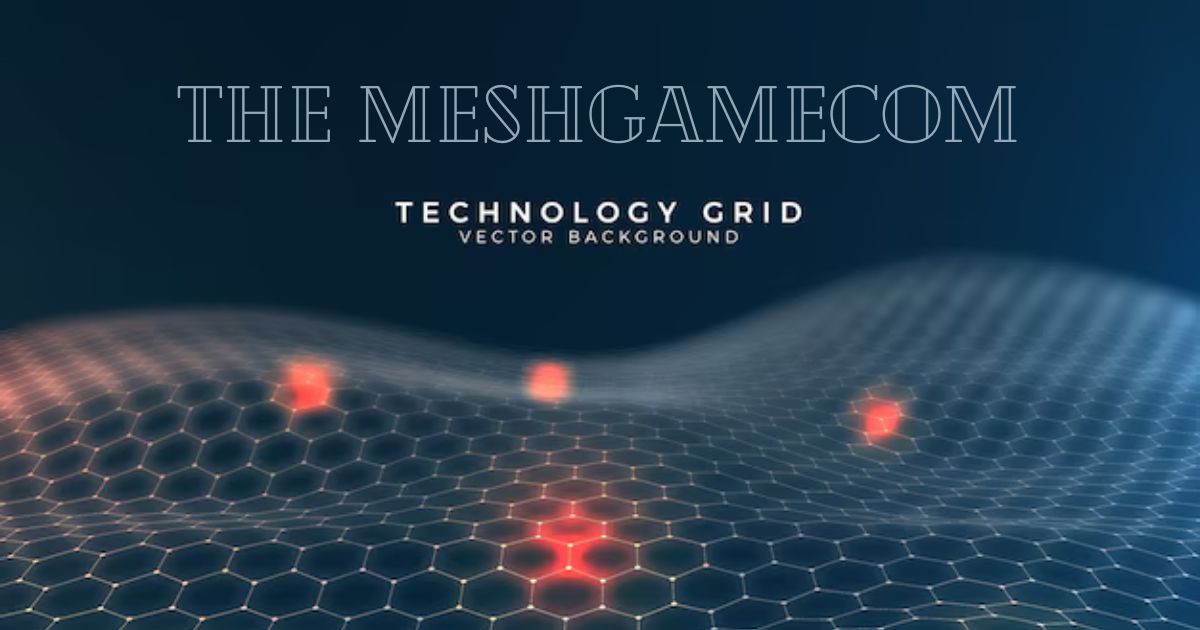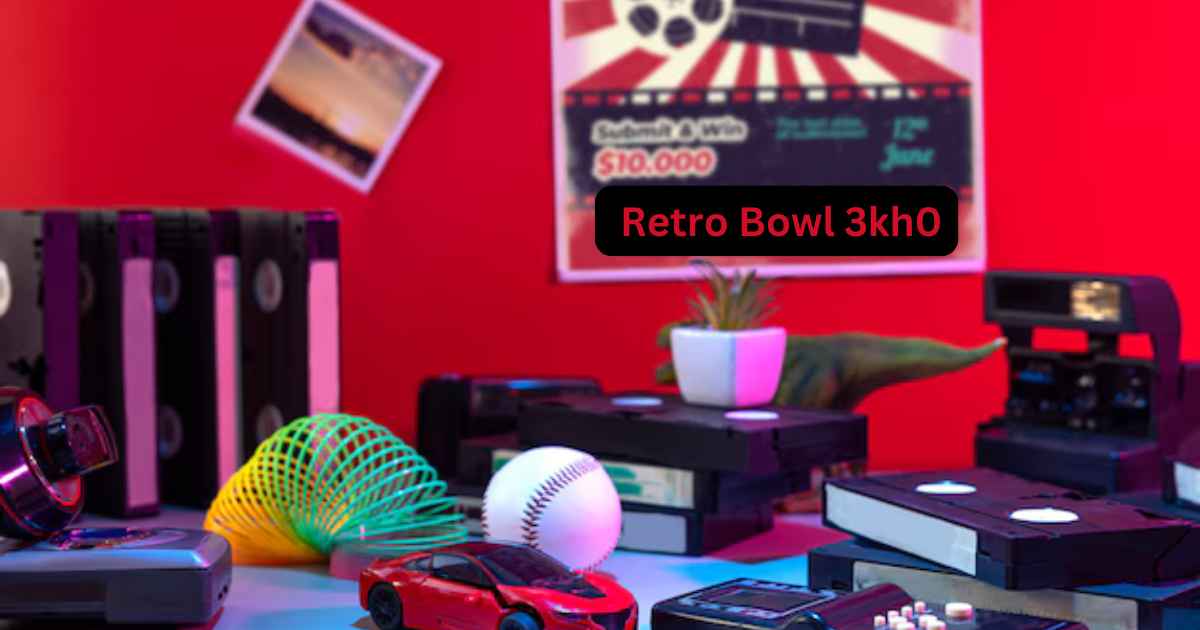In today’s rapidly evolving digital landscape, few things capture the imagination and engagement of people more than the worlds of gaming, digital avatars, and innovative tools. Three such examples that have made a significant impact are Havoc, Madden, and Bitmoji. Each of these represents a different facet of technology, from cutting-edge gaming physics engines to highly popular sports simulations, and even the personal customization of digital avatars. Havoc madden bitmoji are these domains not only capture the essence of entertainment but also provide insight into how technology and creativity intersect to redefine modern experiences.
The Evolution of Havoc: A Game-Changer in Physics
The physics engine Havoc, often more frequently spelled Havok, changed the video game industry by simulating motion, collision, and destruction in a realistic manner. It is not a game per se, but rather middleware technology created by the company Havok that allows many popular games to run smoothly and realistically. With Havok, developers can create very realistic landscapes where things interact realistically, move naturally, and even break apart on their own.
Because it was incorporated into some of the most well-liked and critically praised games of the last ten years, this physics engine became well-known. Havok powers games like Assassin’s Creed, The Elder Scrolls V: Skyrim, and Half-Life 2, which helped create the realistic environments that players could explore. Even in games with an open world, where intricacy is
Madden NFL: The Gold Standard for Sports Simulations
Madden NFL, often simply referred to as Madden, has been the quintessential American football video game franchise for over three decades. Developed by EA Sports, the game is named after John Madden, the legendary football coach and commentator. Madden NFL has consistently pushed the boundaries of realism and strategy in sports gaming, becoming a must-have for fans of American football and sports simulators alike.
The Madden franchise began in 1988, and since then, it has grown into a massive cultural phenomenon. While many sports games have come and gone, Madden remains at the forefront, in part because it continually adapts to fan demands and technological advancements.
One of the most significant features of recent Madden games is the improved AI and physics systems, many of which borrow from engines like Havok. This collaboration allows for more lifelike player movement, more dynamic tackling mechanics, and even realistic ball physics that can change the outcome of a game in unpredictable ways. These improvements ensure that every game of Madden feels like a unique experience, just like a real-life NFL match.
Bitmoji: Personalized Avatars in a Digital World
On the other end of the digital spectrum is Bitmoji, a mobile app that allows users to create personalized cartoon avatars that can be used across various platforms like Snapchat, messaging apps, and social media. Bitmoji taps into the human desire for self-expression in a way that is both fun and practical. It was launched in 2014 by Bitstrips, a company specializing in digital comic creation, and was later acquired by Snap Inc., the company behind Snapchat.
Bitmoji’s success lies in its simplicity and accessibility. Anyone can create a digital version of themselves by selecting facial features, hairstyles, outfits, and accessories. These avatars are then integrated into various stickers and scenes that can be shared with friends in conversations, often conveying emotions or activities in a playful, lighthearted manner.
While Bitmoji started as a standalone app, its integration with Snapchat turned it into a cultural staple, particularly among younger users. Bitmoji gives people a fun and creative way to represent themselves online, without the pressures of being “picture-perfect” or relying on actual photos. In a world where digital identity is becoming increasingly important, Bitmoji offers a safe and enjoyable way to interact with others.
The Crossroads: Gaming, Physics, and Avatars
What ties Havok, Madden, and Bitmoji together is the common thread of engagement and immersion. Havok’s ability to deliver lifelike physics is essential for video games that aim to captivate players with realism. Madden NFL, built upon the foundation of realism and strategy, relies on these technologies to simulate the complexities of American football. Bitmoji, while not a game, immerses users by allowing them to create their digital identities, blending fun with personalization.
Another point of connection is how these platforms and technologies evolve. Madden NFL, for example, might not directly involve Bitmoji, but it has incorporated some elements of personalization through its Face of the Franchise mode, which allows players to create and develop their unique character through various storylines. The underlying concept of customization in Madden echoes the digital self-expression found in Bitmoji, even if the implementation is different.
With Havok continuing to power advanced physics engines and Madden evolving each year with better AI and player movement, it’s clear that both innovation and realism are crucial to player engagement. On the other hand, Bitmoji’s integration into social media platforms shows the growing importance of digital identity, something that gaming has also embraced with customizable avatars, skins, and character designs.
Conclusion
Whether it’s the groundbreaking physics of Havok, the unmatched realism of Madden NFL, or the playful customization offered by Bitmoji, these technologies represent unique aspects of digital entertainment. Each of them has played a significant role in shaping how people engage with virtual worlds, both in terms of gaming and personal expression. As technology continues to advance, we can only expect these domains to intersect even more, creating richer, more immersive experiences for users across the globe.
FAQs havoc madden bitmoji
What is Havok, and how does it enhance video games?
Havok is a physics engine used in many video games to simulate realistic motion, collisions, and environmental destruction. It enhances video games by making interactions in the virtual world feel more authentic, like how objects fall, break, or collide during gameplay.
Is Madden NFL still relevant in today’s gaming world?
Yes, Madden NFL remains one of the most relevant and popular sports video games. Every year, EA Sports releases a new version with updated rosters, better graphics, improved AI, and sometimes innovative new gameplay features, ensuring that it remains the go-to game for American football fans.
What makes Bitmoji different from other avatar-creating apps?
Bitmoji stands out because of its seamless integration with platforms like Snapchat, making it easy for users to express themselves with personalized cartoon avatars in everyday conversations. Its user-friendly interface and wide range of customization options also make it highly accessible.
How does Havok impact games like Madden NFL?
Havok’s physics engine plays a crucial role in enhancing the realism in games like Madden NFL by improving how players move, tackle, and interact with the football. This dynamic simulation creates more lifelike and unpredictable gameplay moments.
How can Bitmoji influence gaming personalization?
Bitmoji’s influence on gaming lies in its easy-to-use avatar customization. This could inspire game developers to create simpler, more intuitive ways for players to design their in-game characters, making the experience more accessible to casual gamers.
Conclusion
Whether havoc madden bitmoji’s the groundbreaking physics of Havok, the unmatched realism of Madden NFL, or the playful customization offered by Bitmoji, these technologies represent unique aspects of digital entertainment. Each of them has played a significant role in shaping how people engage with virtual worlds, both in terms of gaming and personal expression. As technology continues to advance, we can only expect these domains to intersect even more, creating richer, more immersive experiences for users across the globe.










